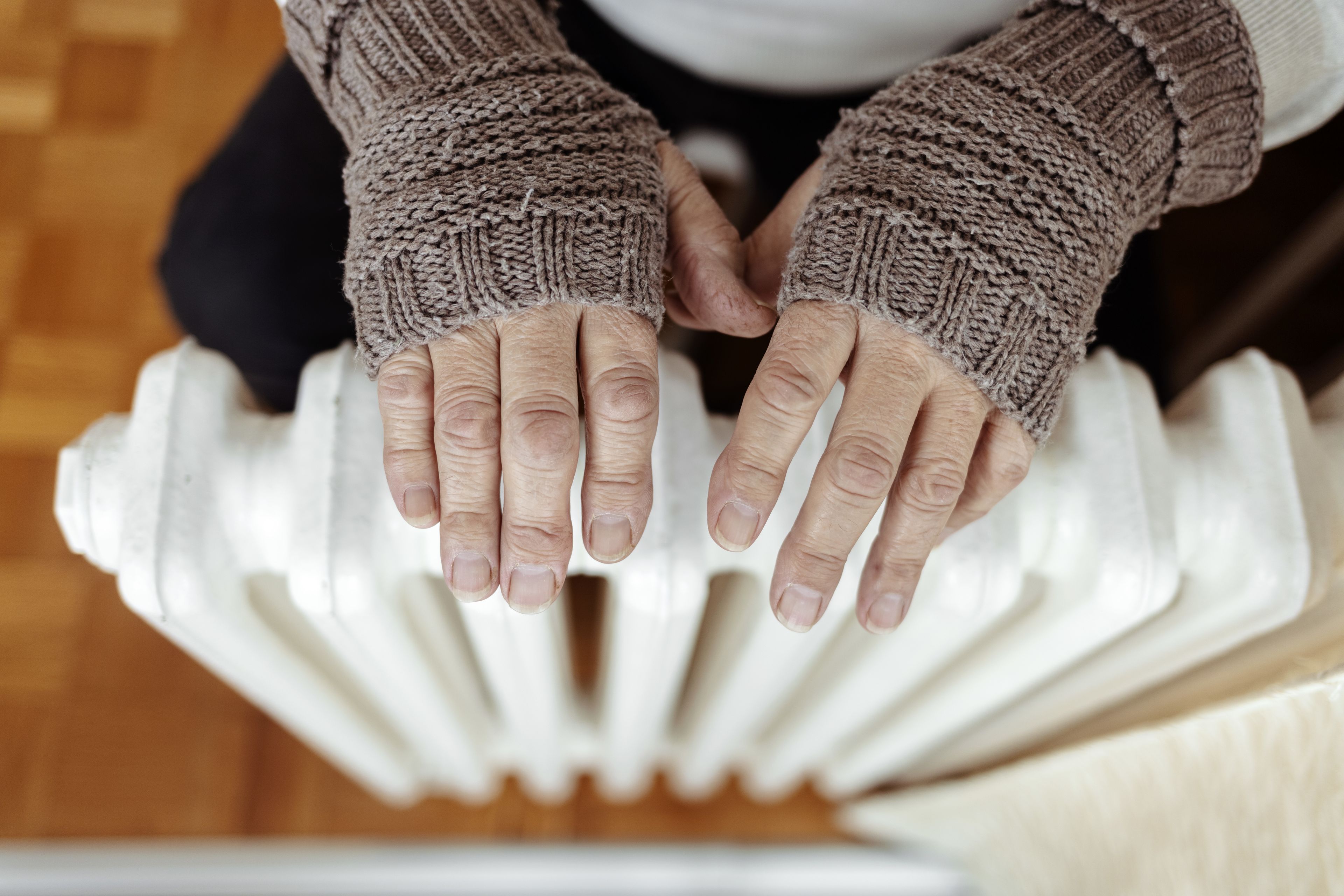
Patients
Understanding Temperature Sensitivity
How your skin and body may react differently to heat, cold, and touch
Temperature sensitivity can cause discomfort, pain, or numbness, and affect your ability to stay cool or warm. It’s common after burns with extensive grafting or scars, especially on exposed areas. Learn what to expect and how to manage these changes to stay comfortable and safe.
Find a Burn Center Near You
Why It Happens
Warm or Hot Environments
Burned or grafted skin may no longer sweat or release heat effectively.
Your body may overheat more easily, and uninjured areas may sweat more to compensate.
This can cause exhaustion, dizziness, and serious heat-related illness.
Cold Environments
Cold air can cause pain, dryness, or cracking in sensitive skin.
Scarred areas may react strongly to wind or cold surfaces.
Over time, some areas may regain the ability to constrict blood vessels in response to cold, but others may not.
Touch Sensitivity and Numbness
Nerve endings can be damaged by burns and may regrow unpredictably.
Some areas become overly sensitive to touch or temperature. Others may feel numb.
These changes affect how you respond to heat and cold, and can increase the risk of reinjury if you can’t feel danger.
Donor Sites
Donor sites usually heal with normal temperature control and sweat response. These areas can help support your body’s overall temperature regulation.
How It Can Affect Daily Life
Tips for Managing Temperature Sensitivity
Warm or Hot Environment Tips
Plan activities in the cooler parts of the day
Dress in light, breathable, synthetic fabrics
Stay hydrated and mist yourself with cool water if needed
Wear a wide-brim hat and lightweight layers
Use wearable cooling devices: vest, neck fan, cooling inserts
Take breaks in air-conditioned spaces or shade
Visualize relaxing, cool environments to reduce distress
Seek help if you feel dizzy, nauseated, or weak
Cold Environment Tips
Dress in moisture-wicking base layers (synthetic or wool)
Use multiple layers to adjust for changes in temperature
Protect sensitive skin from wind with gloves, scarves, and hats
Moisturize with thick creams to prevent cracking
Ease into cold conditions gradually
Talk to your employer if your work involves outdoor exposure
Touch Sensitivity Tips
Work with your provider on a desensitization plan
Practice touch retraining with different textures and temperatures
Ask about pain management strategies—both medical and behavioral
Try mindfulness, breathing techniques, and visualization
Monitor for injury when using warm items like heating pads or baths